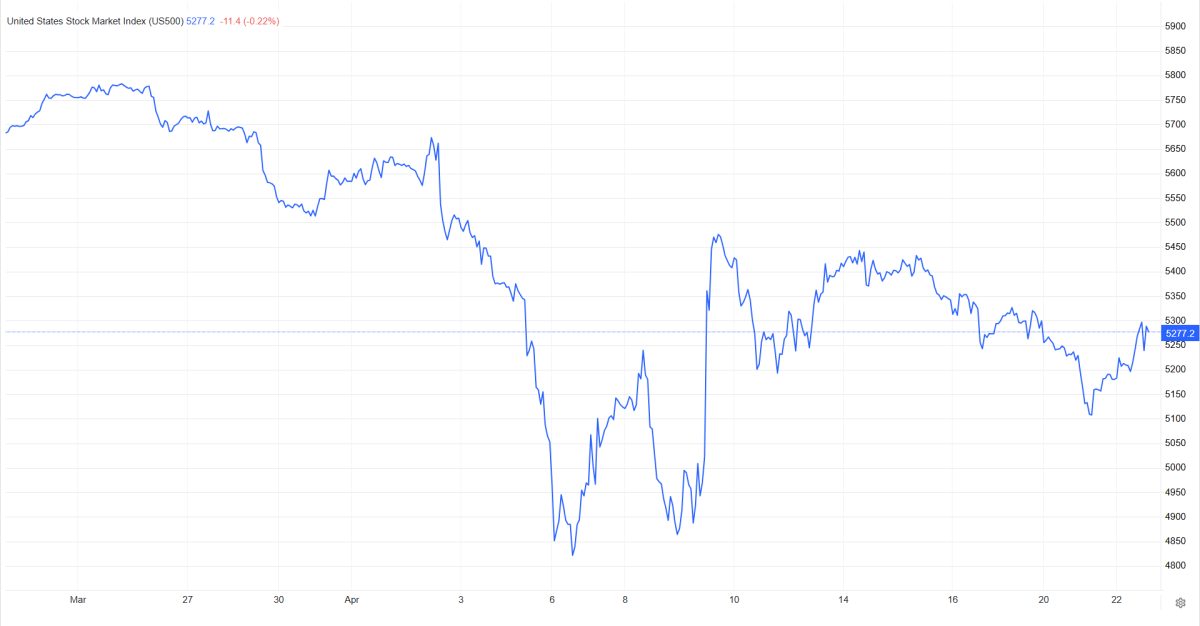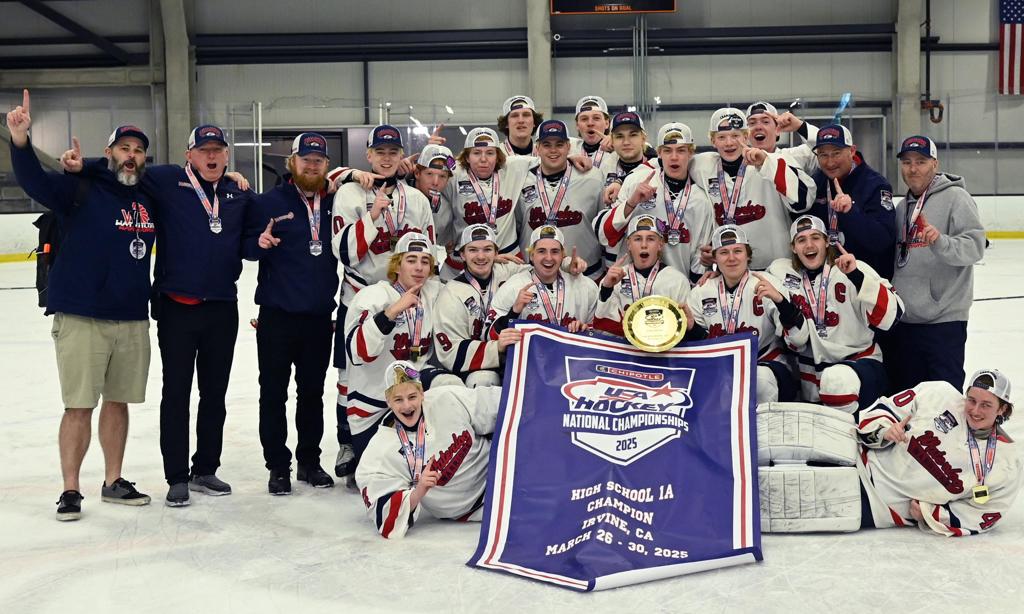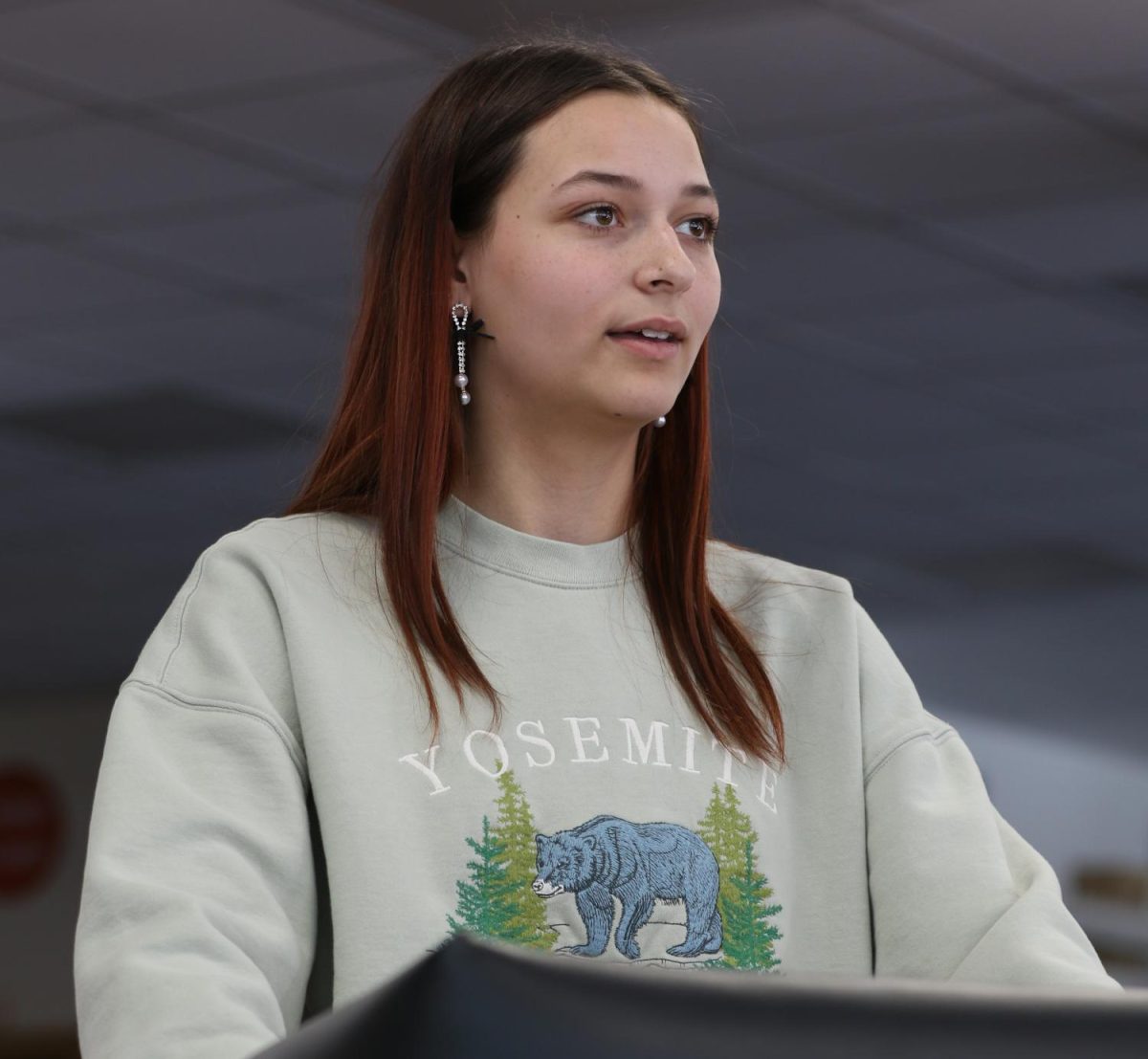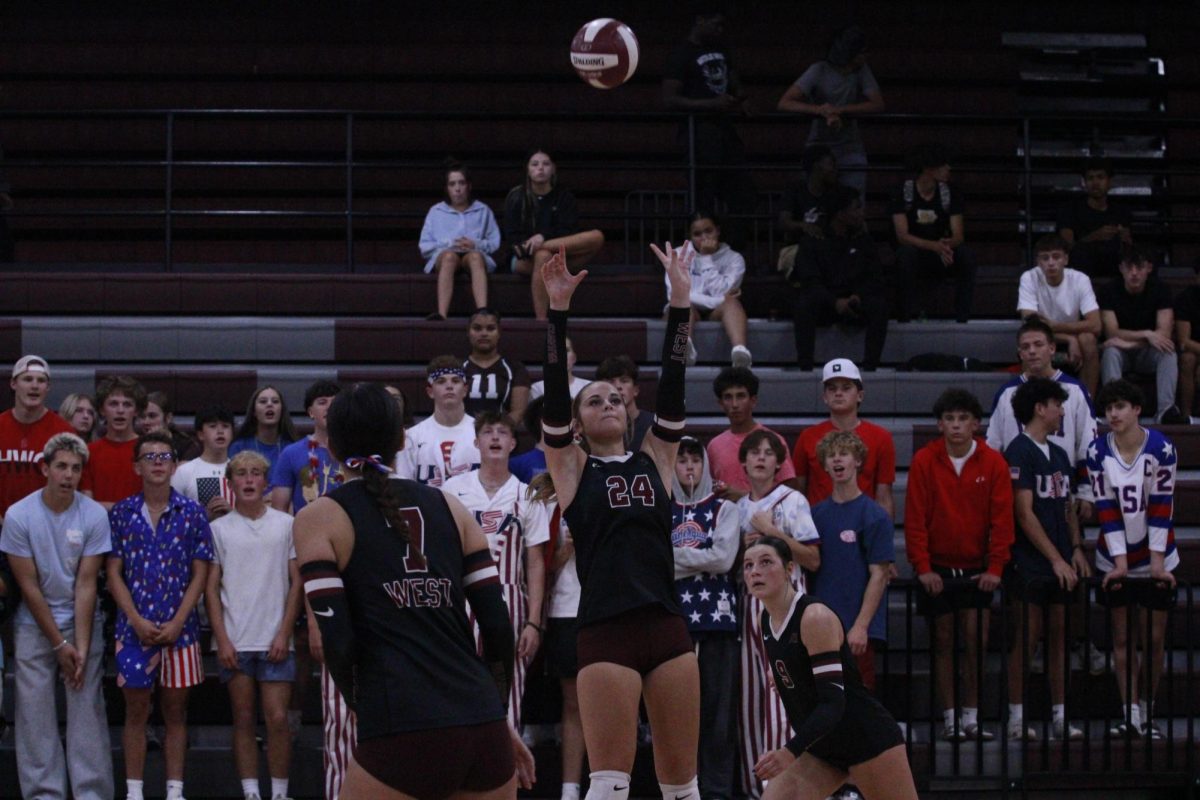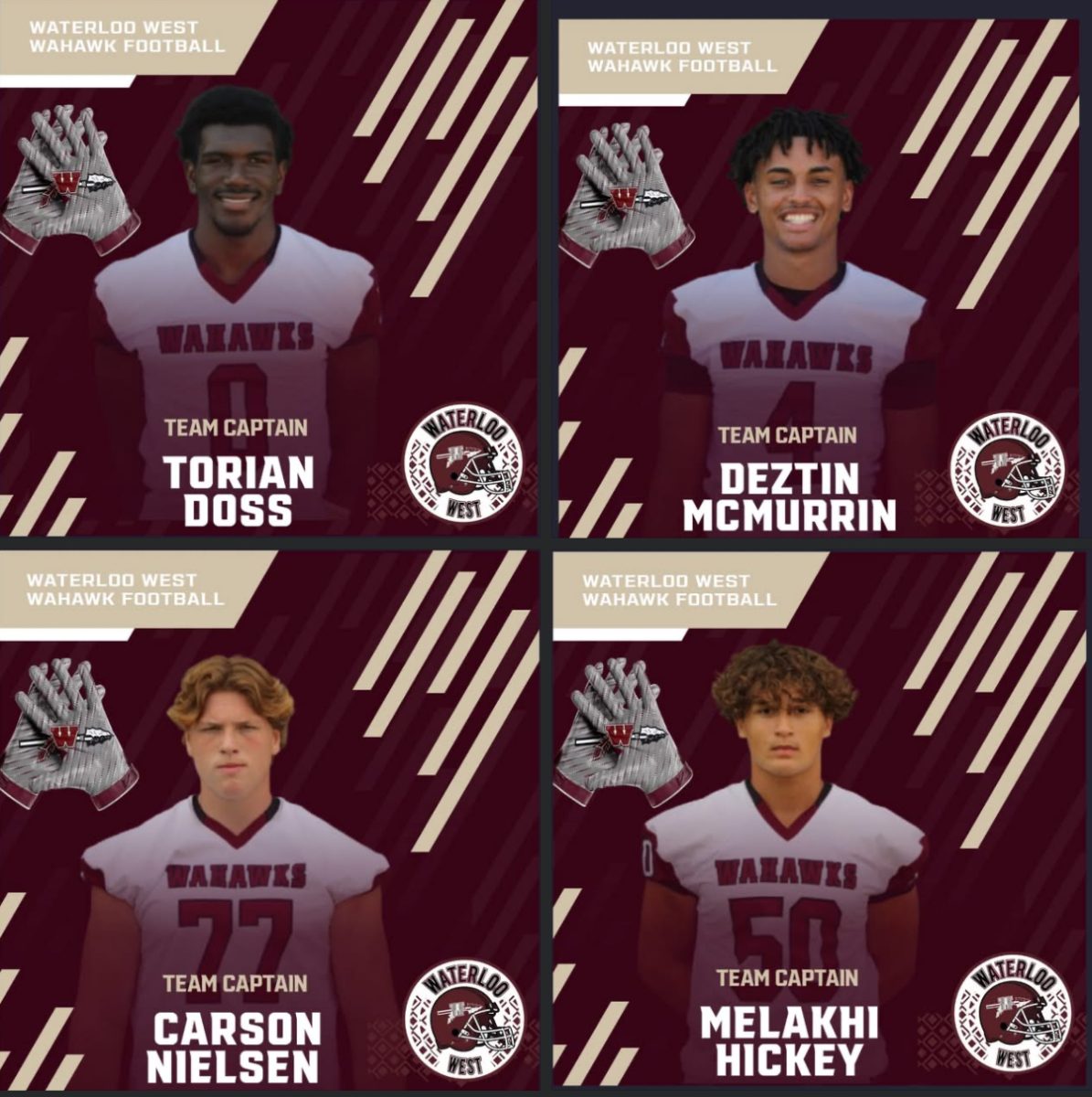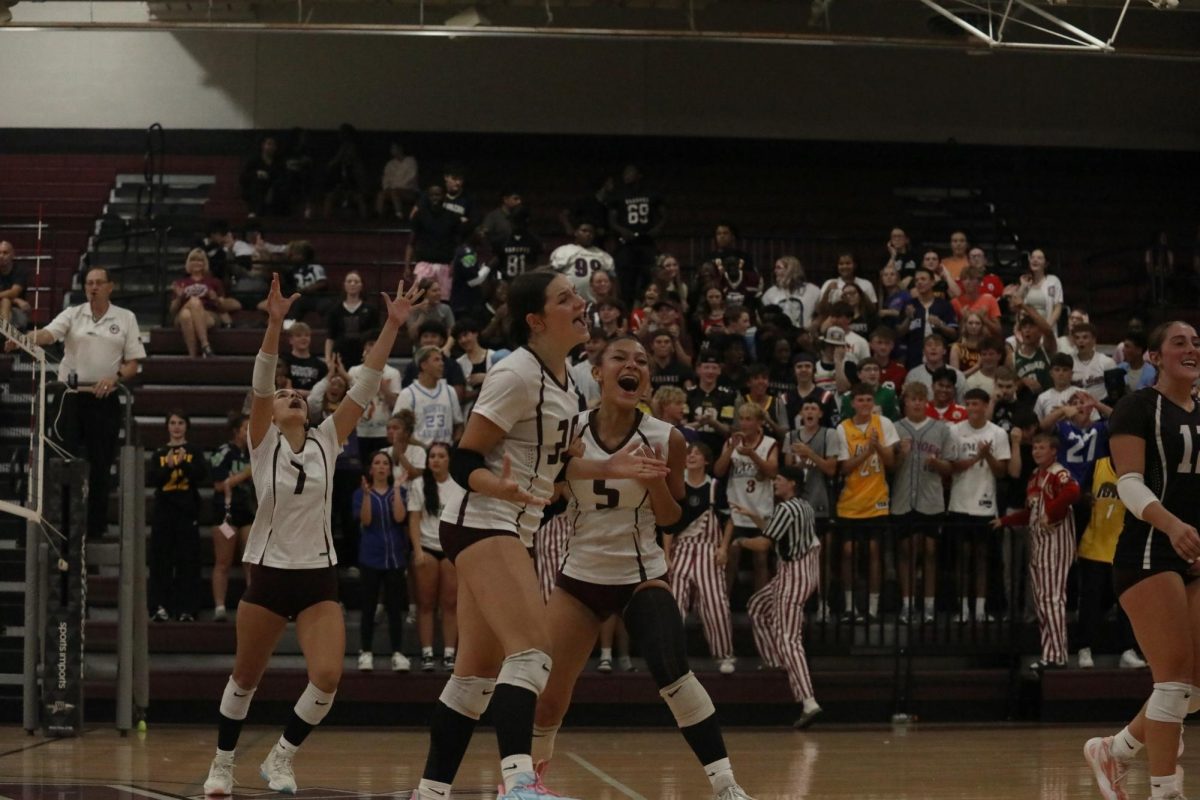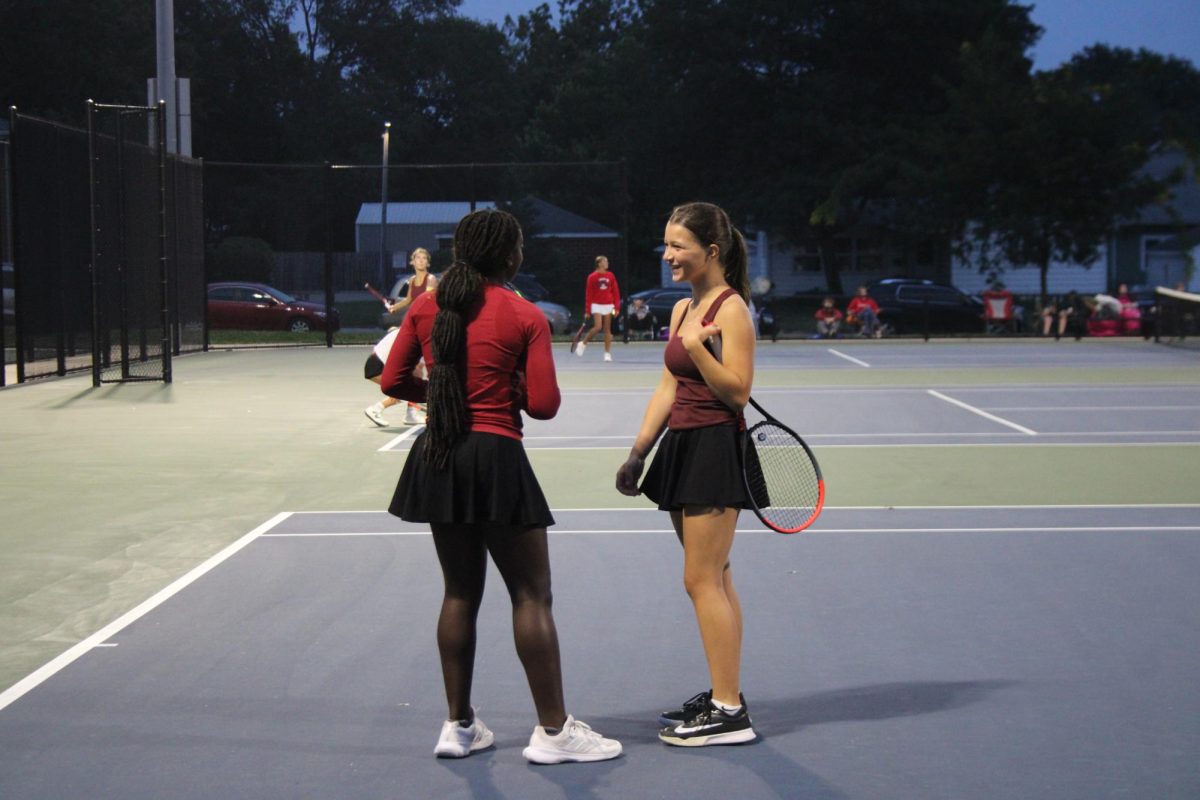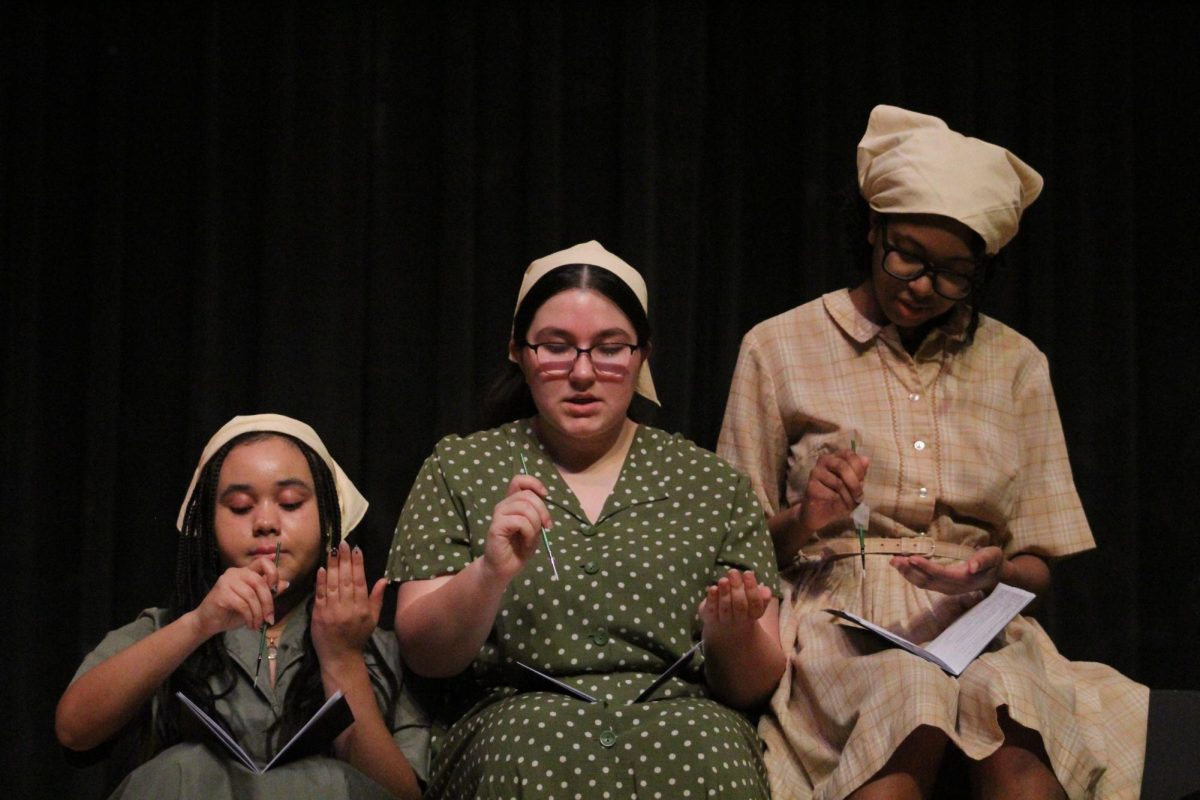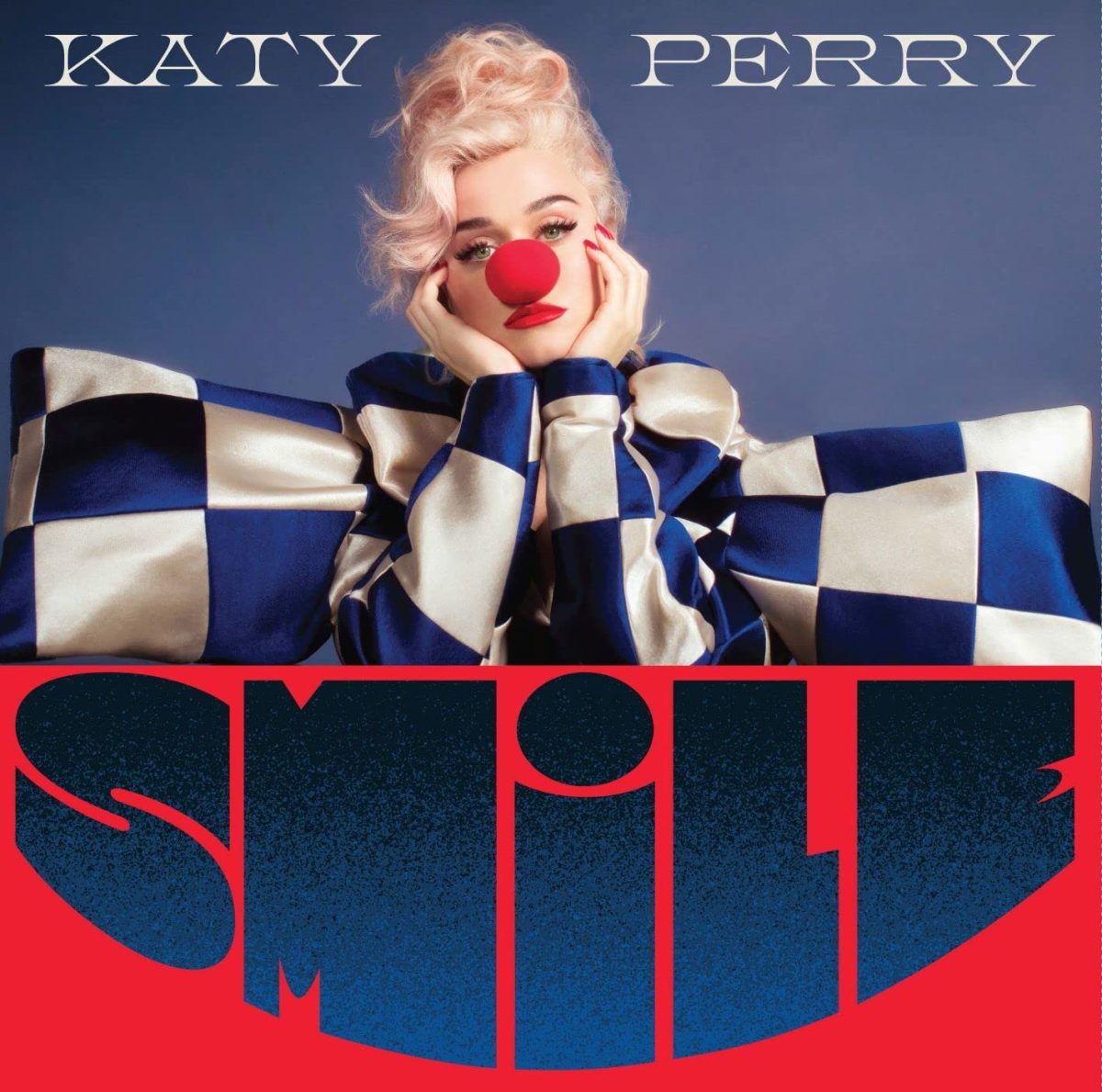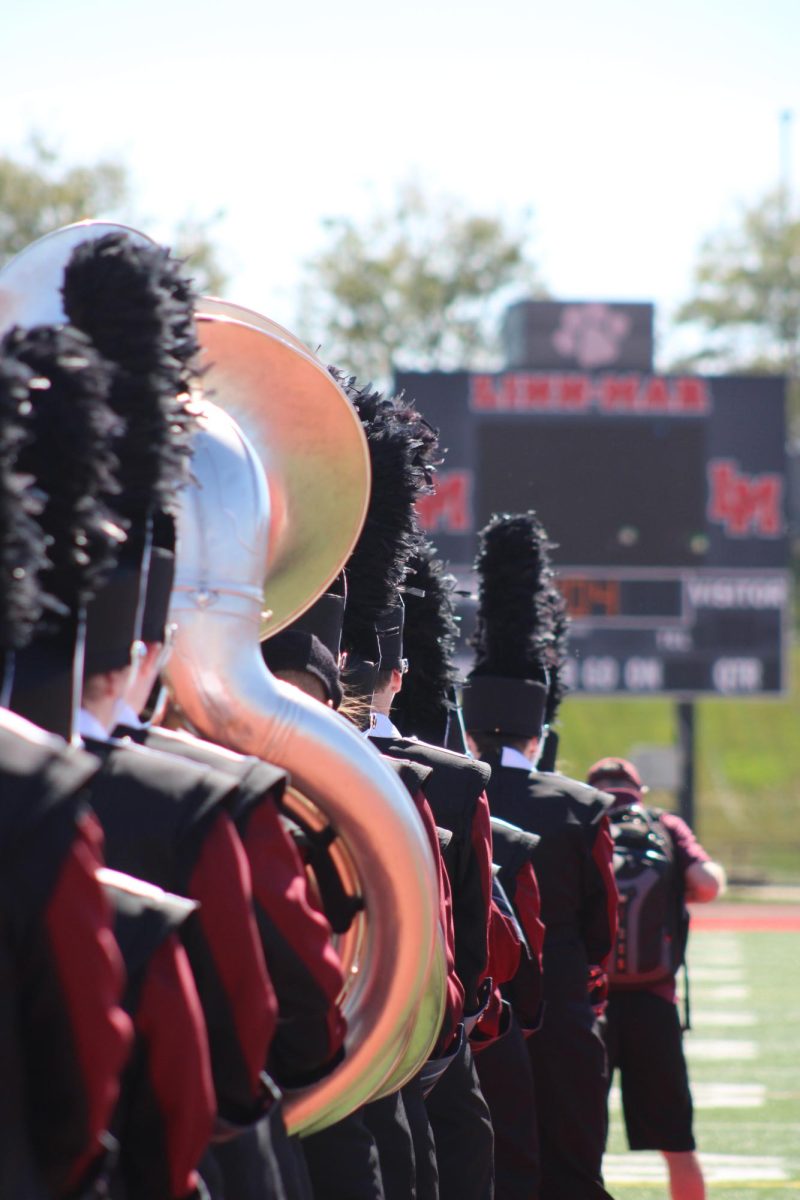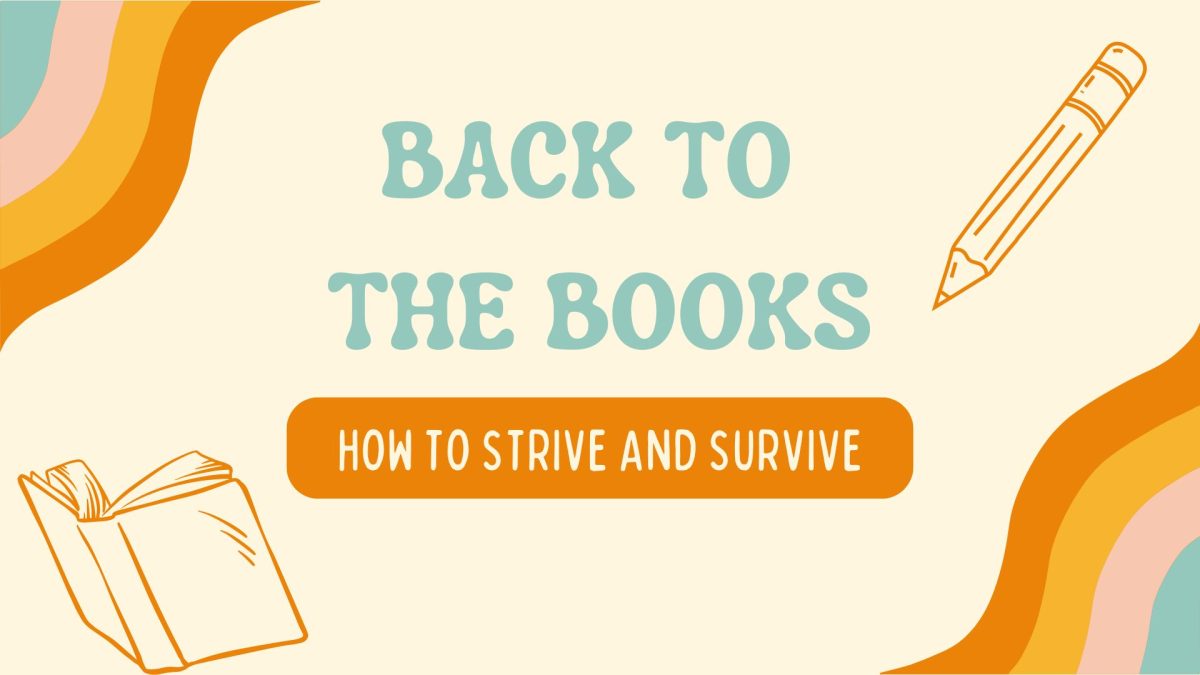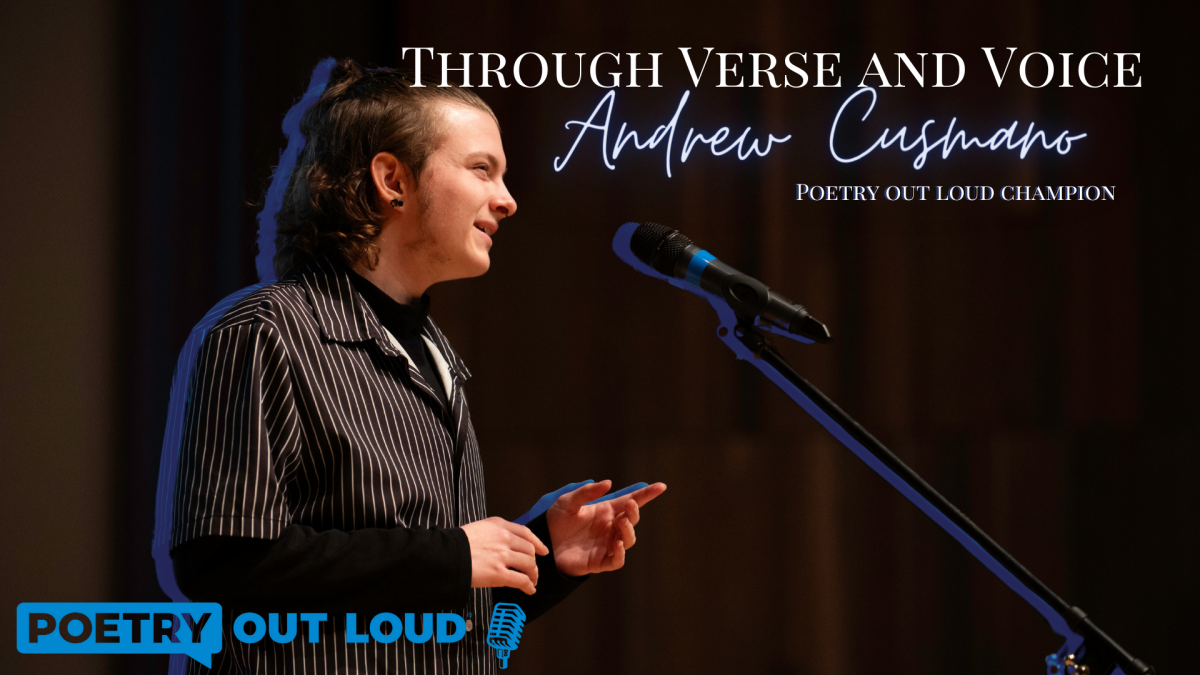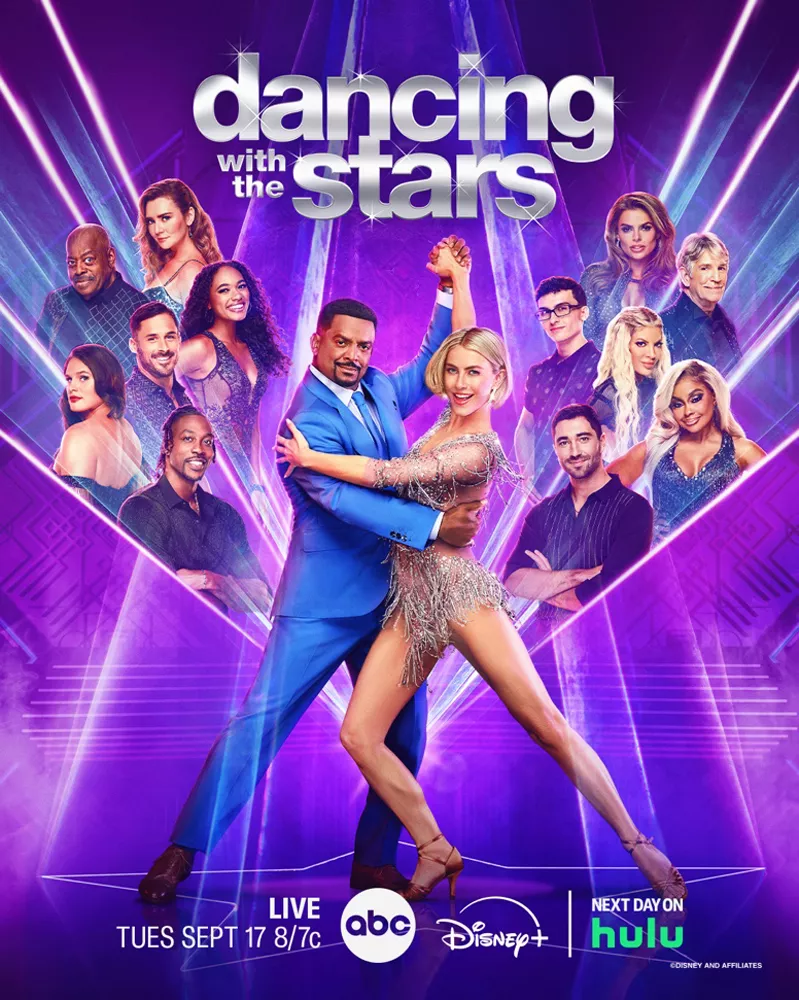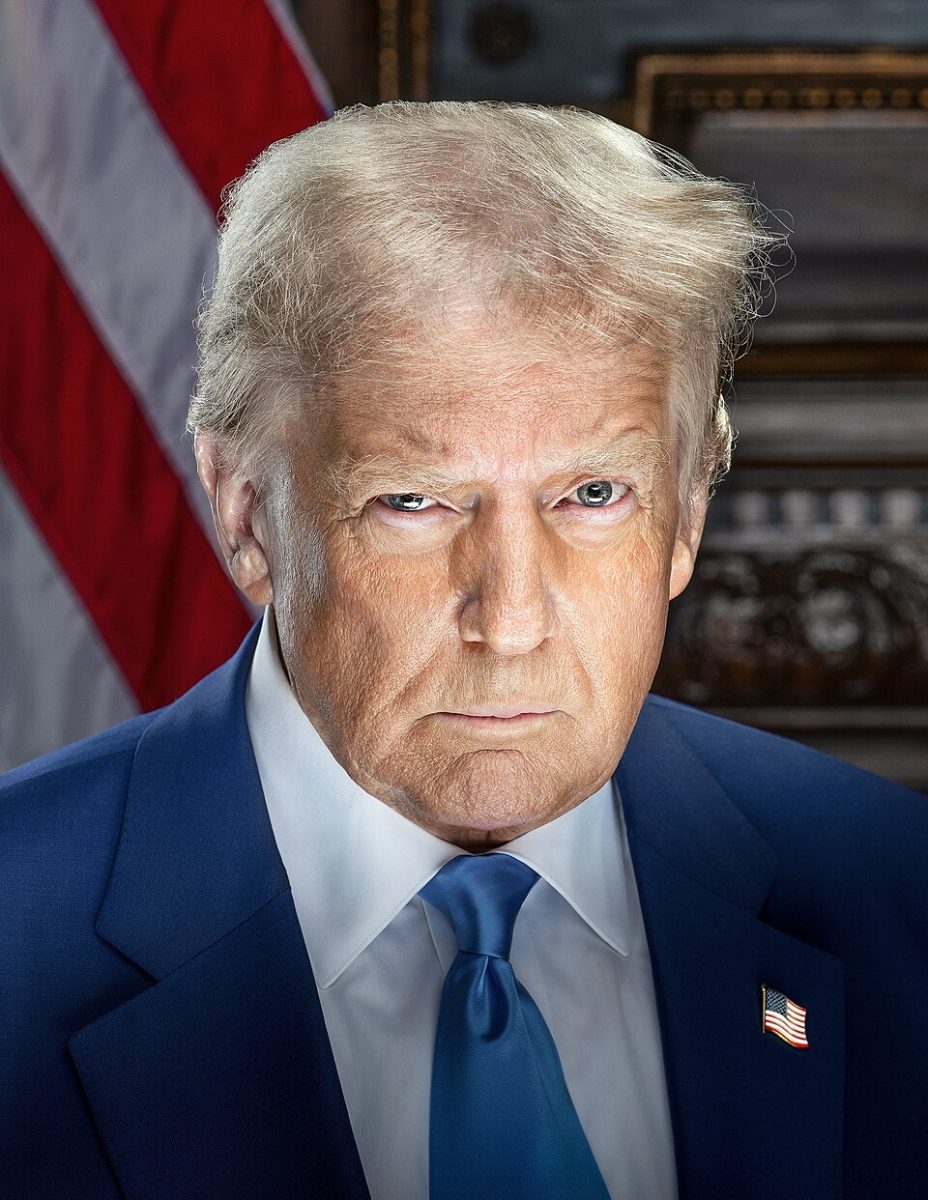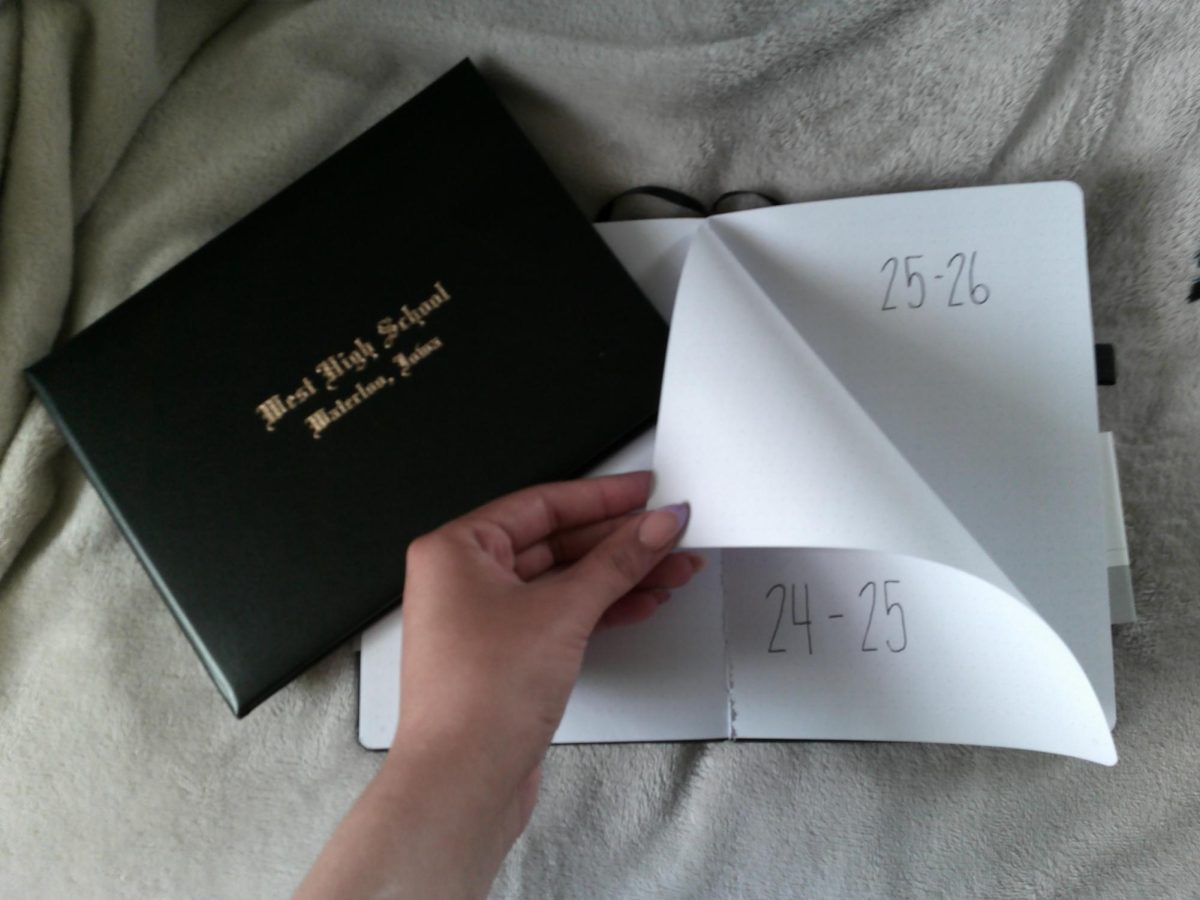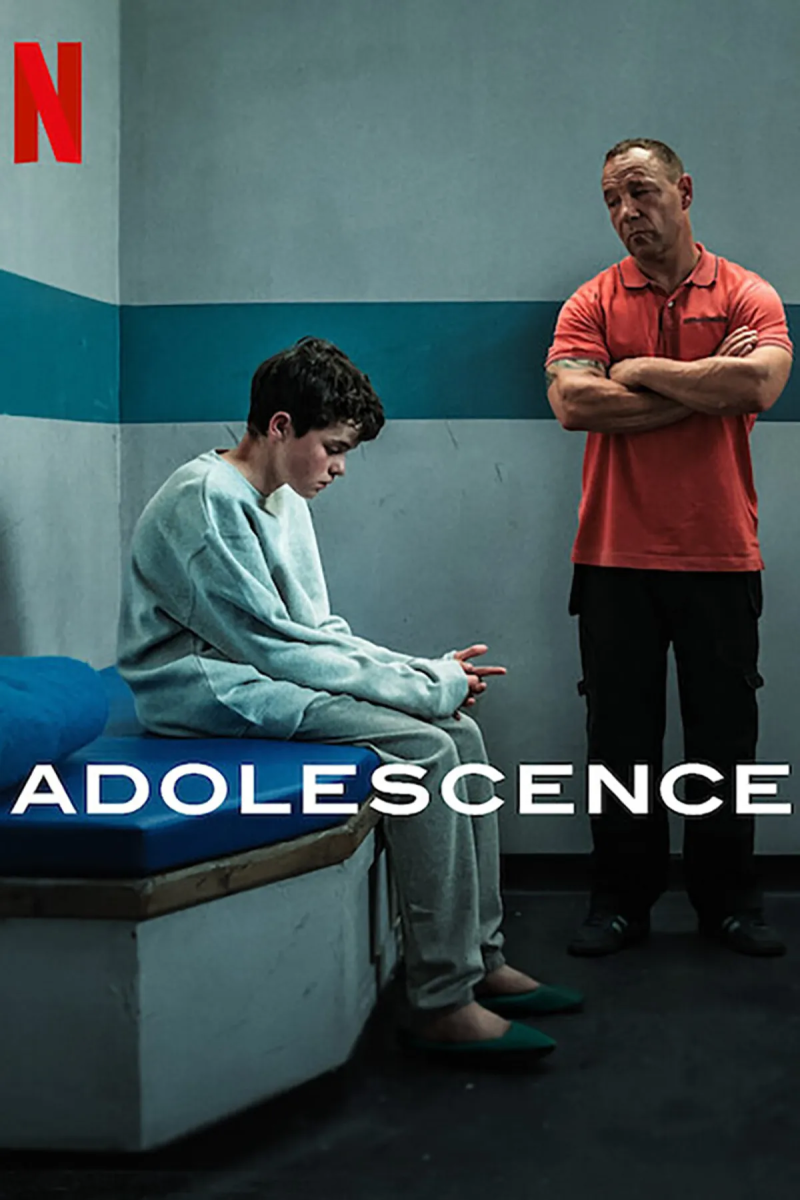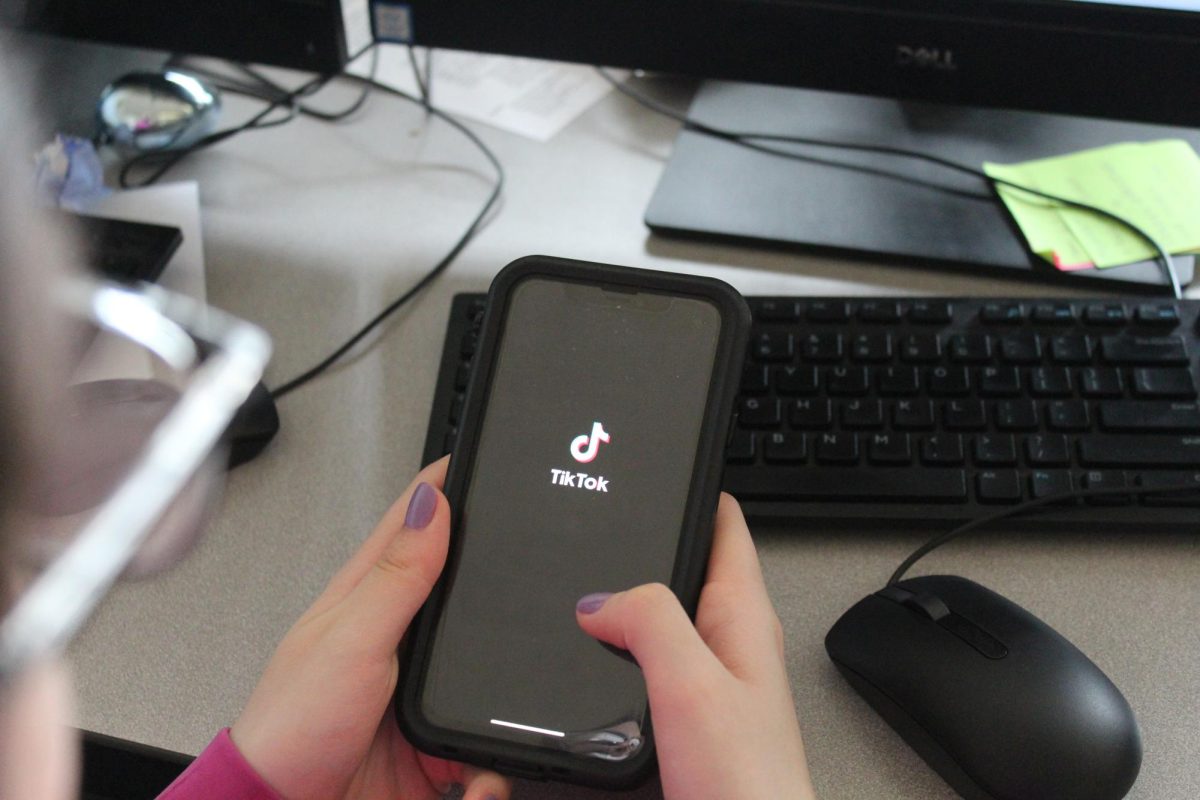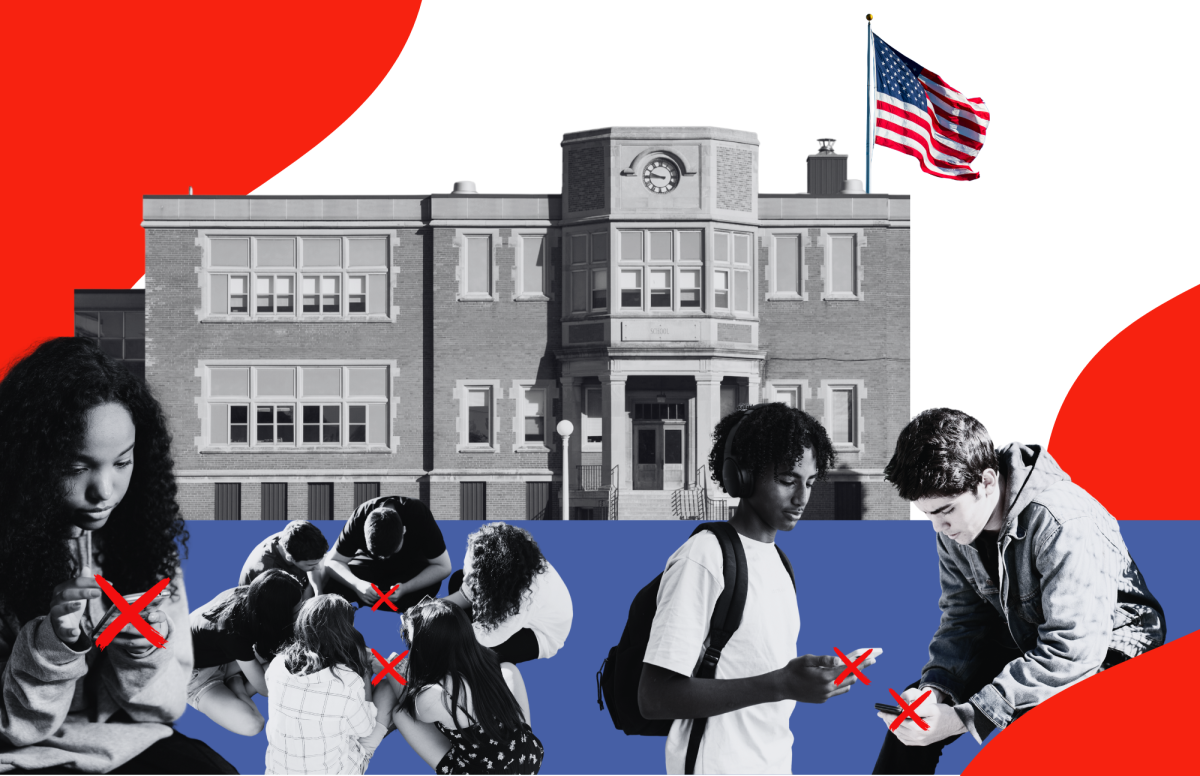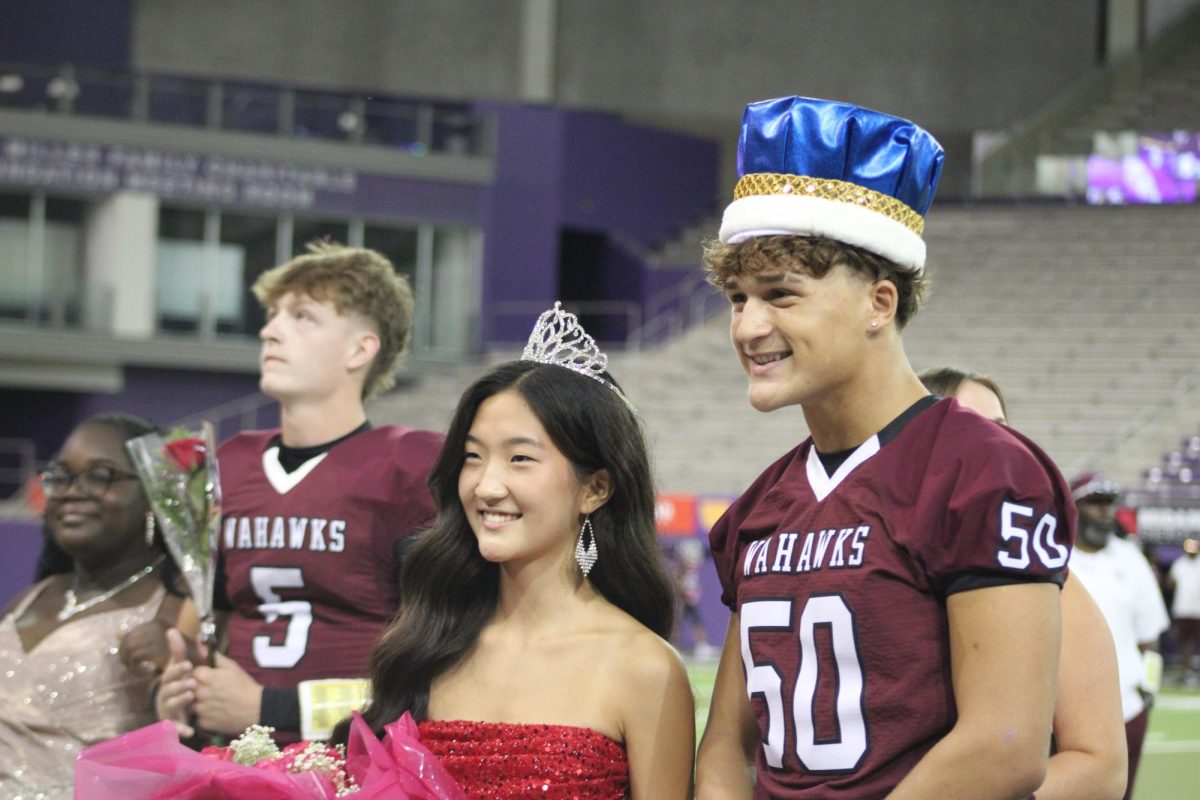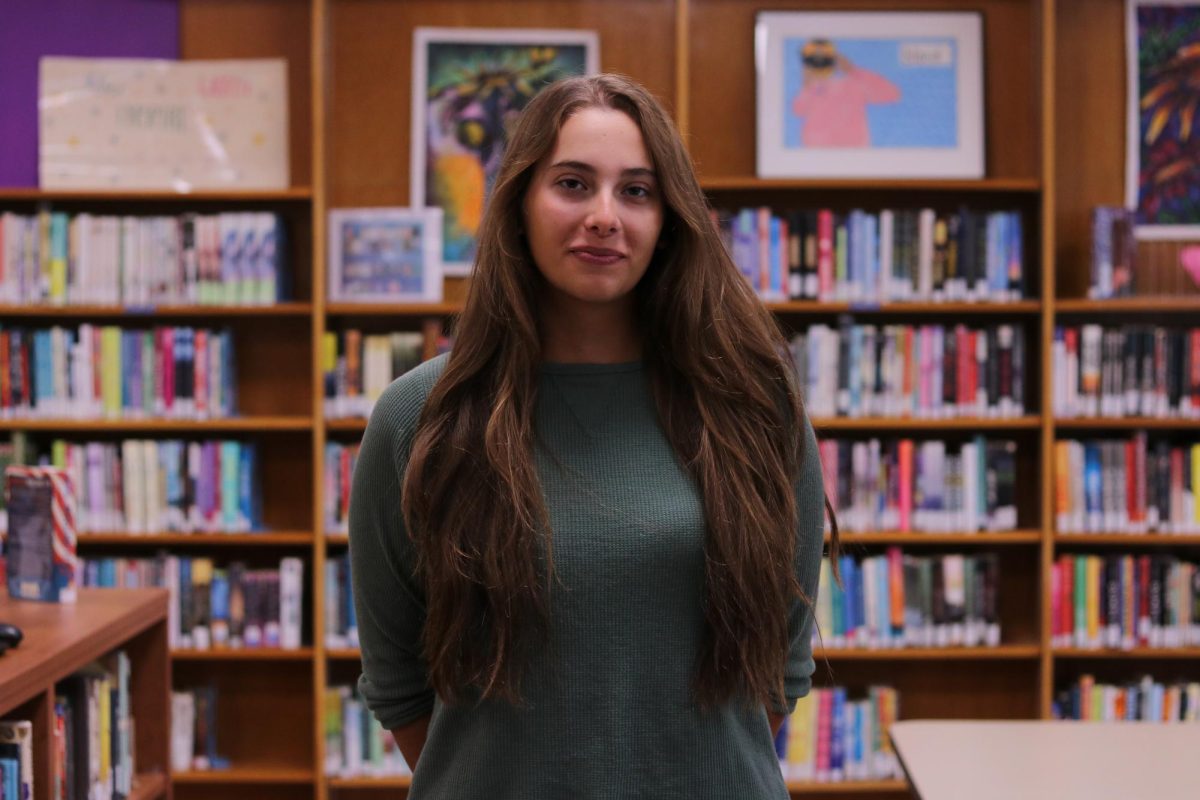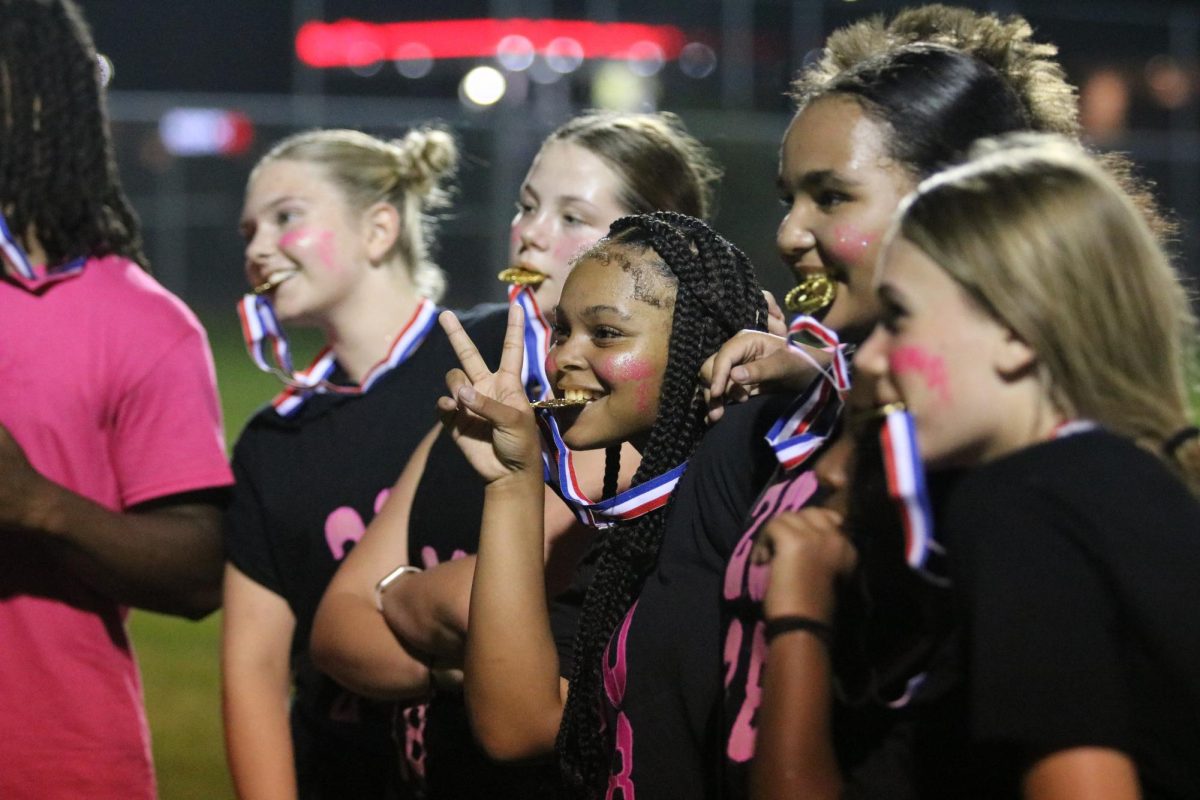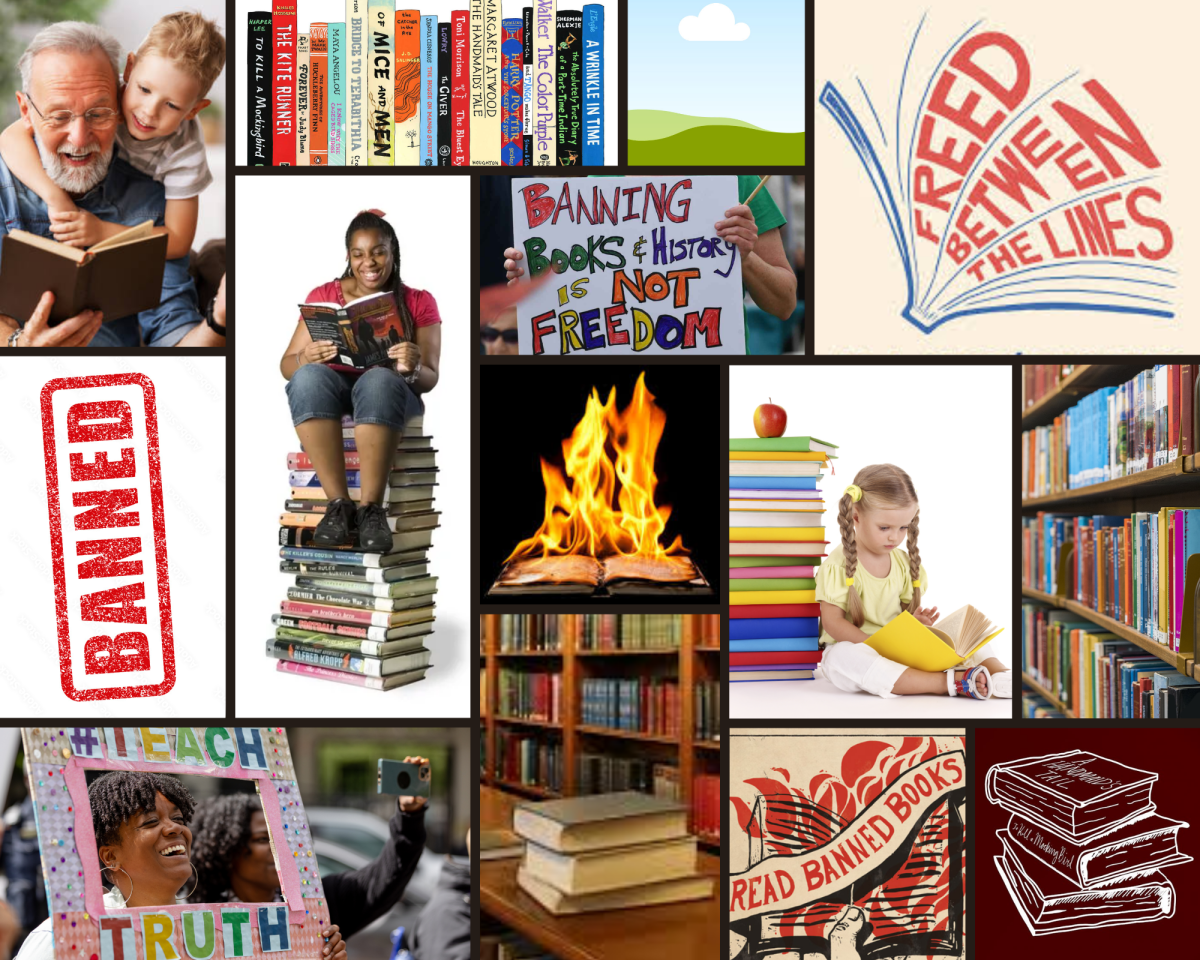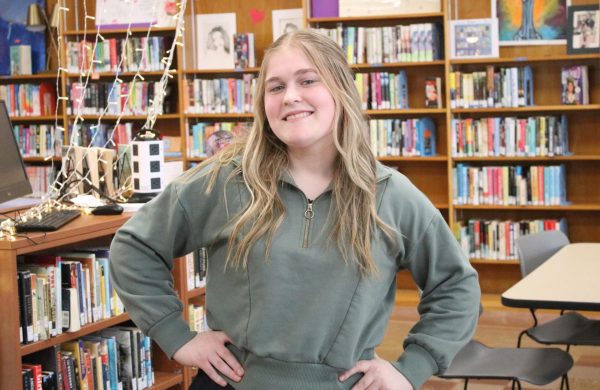TW: This article contains content that may be sensitive to readers: mentions of r*pe
Book Banning has a long history spanning back to the 1980s, yet it’s still relevant today, within the last two years over 4,000 books have been banned nationally.
Banned Books Week is intended to encourage readers to challenge the norm and this campaign stresses the importance of showing multiple viewpoints and introducing new authors to the world of literature. The intention is to bring light to the aggressive filtering of libraries, educational resources, and social media platforms used by schools.
How does Book Banning work?
Book Banning can be an issue because it limits the literature that children can access. This can be used to protect children but oftentimes comes as an obstacle more than an opportunity. About 70% of parents oppose book banning in public libraries because they are confident that librarians can make age-appropriate book selections for their children. While there have been no federal restrictions against these recent restrictions, there are firm efforts to bring these issues to the national level as well.
In Iowa in order to ban a book the person who would like the book to be banned must read the entire book, and fill out a form to challenge the book. This form of censorship is known as “an attempt to remove or restrict materials based upon the objections of a person or group.” In 2023 there were 1,247 challengers to remove those books from school libraries. 92% of these books that are banned are due to sexual or explicit content found in those books. The second contender to romance fiction books were books that talk about the struggles of the LGBTQ+ communities.
Last year in Iowa a bill passed called the Parents Bill Of Rights Act which allows parents to get ahold of every title that their child has access to in their school library. They also can inspect any materials used in the classroom or anything they read in the classroom. While parents play a crucial role in bringing up their children and their education, there is also the obstacle of academic freedom. This bill can shield kids a little too much and teach children not to have unconventional opinions and to oppose ideas. In the end this can create bias and restrict access to new viewpoints and ways of seeing things.
Top 5 Challenged Books of 2023
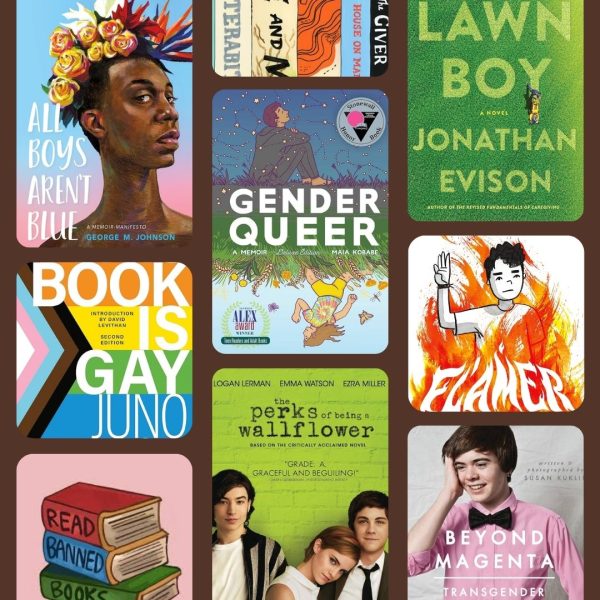
#1. Queer Gender: A Memoir by Maia Kobabe
This book has been challenged 106 times due to LGBTQIA+ content and has claimed to be sexually explicit
#2. All Boys Aren’t Blue by George M. Johnson
This book has been challenged 82 times due to LGBTQIA+ content and has also claimed to be sexually explicit
#3. This Book Is Gay by Juno Dawson
This book has been challenged due to LGBTQIA+ content, sex education, and has also claimed to be sexually explicit
#4. The Perks of Being a Wallflower by Stephen Chbosky
This book has been challenged 68 times due to LGBTQIA+ content, claimed being sexually explicit, drugs, profanity, and r*pe
#5. Flamer by Mike Curato
This book has been challenged 67 times due to LGBTQIA+ content and has claimed to be sexually explicit
There are many people who do not agree with the idea of restricting books from children. Librarians are among these people as well. Librarians who have refused to take these books off their school shelves have often faced criminalization, and harassment and some have even been fired. On the other hand, some librarians who support book banning have gone as far as to draw little diapers onto children’s books where there’s frontal nudity of babies, others have cut out offensive parts of books with X-ACTO knives to then make them appropriate for their students.
Judy Blume’s novel for teens called” Are You There God: It’s Me, Margaret”, was first challenged because it talked about the issues that teen girls battle on the daily from their growing bodies to questioning their religion as well as boys. Adults thought that if the children did not read bout these things they ultimately wouldn’t think about them at all. This is of course, false because when you’re a teenage girl that’s basically all you think about. Parents thought that this book was an attempt to take their daughters’ innocence away which is why it has been challenged. To teen girls, this book was nothing but a relief, a light-hearted and comforting story to console teenage girls in this hard time of their lives.
The majority of those affected by book banning are primarily teens although the impacts can start in middle and elementary school and at much younger ages as well. Books are where lots of kids learn new ideas and are a low-cost way for lots of kids to experience the world around them. Banning Books limits the chance to create thoughtful, reflective experiences of what it means to be human outside of our personal experiences. When teachers teach these books they are the navigators of these thoughts and new ideas and help to give a proper analysis of the work. As a high school teacher, Kavalier tells us how she firsthand sees that when things are sugarcoated too much to be age-appropriate it limits high schoolers from exposure to diverse voices and experiences beyond what they already know of the world.
Although books are banned across the country there are still some classes kids can take even ones here at West High that they have the option to read banned books. Mrs. Kavalier here at West teaches one of classes, she takes the approach of discussing the topics raised in banned books very seriously. Before her students even read their books she talks to them about some of the “hot topic” issues that lead to banning a book in the first place. Kavalier told us that knowing the historical context of a book is also on of the most important parts of introducing banned books in the classroom. Focusing on the literary merit of a text as opposed to the actual scenes and parts of the book that make it qualified to be banned or challenged.
Kavalier teaches a class called AP Literature and Composition where every book that is read has either has been banned or censored somewhere. One text she teaches is called “The Handmaid’s Tale.” English Teacher, Sara Kavalier told us that without any historical context of the 1980s someone could read it as a pornographic text. But when you know the culture, societal norms, and the historical events of a time period of which a piece was written you can take everything with a grain of salt and understand why those things are being said. When we take a step back to compare the similarities and differences between the society of when these older books that have been banned because of taboo subjects we can see that these authors had the purest of intentions: entertain, inform, and educate readers.
By banning books we are restricting access from the younger generations and locking these ideas and what were considered bad times in our nation away for nobody to see or learn from. We are also silencing a large majority of our nation, when we ban these books were are not hearing from so many valuable voices in our world. What do you think? Is banning books a matter of protecting children from the outside world or an attempt to limit people’s views of the world?



